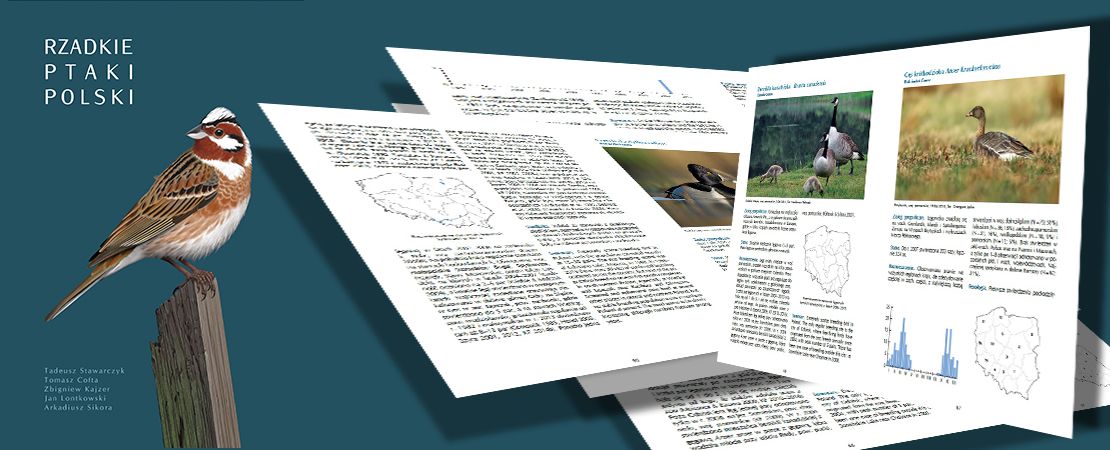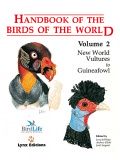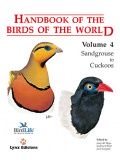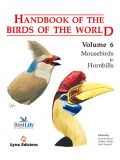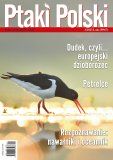Sprzęt optyczny dla obserwatorów przyrody
Obserwowanie przyrody jest niezwykłym doświadczeniem, pozwalającym poszerzać granice własnej percepcji, kształtującym wrażliwość i zrozumienie inności. To podarowanie sobie bezcennego czasu na kontemplowanie piękna otaczającej nas natury.
Sklep internetowy Lanius-Books powstał z pasji i z myślą o pasjonatach. Wspaniałe hobby, jakim jest birdwatching i obserwowanie dzikich zwierząt z czasem rodzi zrozumiałą potrzebę rozwijania się w tym, co się kocha. W Lanius-Books pomagamy naszym klientom rozszerzyć możliwości obserwacyjne dzięki profesjonalnemu sprzętowi optycznemu, by mogli jeszcze pełniej cieszyć się fascynującymi widokami.
Sprzęt optyczny dla pasjonatów oraz profesjonalistów
Specjalizujemy się w sprzedaży zaawansowanego sprzętu optycznego, fotopułapek, detektorów nietoperzowych oraz akcesoriów do optyki. W naszej ofercie nie mogło też zabraknąć literatury przyrodniczej, pomagającej zgłębić wiedzę na temat interesujących gatunków.
W naszym sklepie posiadamy propozycje dla początkujących obserwatorów, jak również dla profesjonalistów. W bogatym asortymencie Lanius-Books z pewnością znajdą najlepsze dla siebie rozwiązania z gotowymi trybami pracy lub z dużą przestrzenią na własne ustawienia.
Doskonale rozumiemy, że odporność produktów na warunki pogodowe jest często niezbędna - zarówno podczas obserwacji prowadzonych w lesie, jak i w mieście. Dlatego dokonujemy starannego wyboru marek, których wyroby wyróżniają się dużą wytrzymałością, a zarazem precyzją oraz atrakcyjnym designem.
Sprzęt optyczny z Lanius-Books - zaawansowana technologia w atrakcyjnych cenach
Fani obserwacji znajdą u nas wysokiej jakości sprzęt optyczny, który ułatwi prowadzenie obserwacji nawet w złych warunkach, dzięki zaawansowanej technologii, oferowanej w korzystnych cenach.
Posiadamy wyroby wyłącznie sprawdzonych producentów, którzy opracowują najnowocześniejsze, nierzadko opatentowane rozwiązania w branży, a wśród nich: pryzmaty o wysokim stopniu czystości szkła i wysokim współczynniku załamania światła, fazowe powłoki wielowarstwowe, wewnętrzne ogniskowanie, redukcja ruchu obrazu, niskodyspersyjne szkło XD znacząco eliminujące aberrację chromatyczną i wiele innych. Szczegółowe informacje znajdują się w opisach oferowanych przez nas produktów. Znakomite parametry optyczne łączą się z lekkością oraz ergonomią. Kompaktowość i umiarkowana waga są bardzo istotne przy noszeniu sprzętu w terenie.
Wśród naszych propozycji znajdują się również wytrzymałe statywy, a także rozbudowane zestawy, jak np. lunety w komplecie z okularem, pokrowcem oraz statywem z głowicą. W przypadku fotografii przyrodniczej statyw jest szczególnie przydatny przy długich ekspozycjach, zdjęciach nocnych, makrofotografii czy przy wykonywaniu panoram. Dużą uwagę przykładamy ponadto do bezpieczeństwa użytkowania przyrządów optycznych. Z tego względu proponujemy bogaty wybór akcesoriów, pozwalających na wygodną, odprężającą pracę ze sprzętem optycznym przez dłuższy czas, a także osłon chroniących go przed uszkodzeniem.
Gwarantujemy profesjonalną obsługę, służymy doradztwem, zapewniamy szybką realizację zamówienia. Warto wybrać pewne i bezpieczne zakupy w Lanius-Books!







